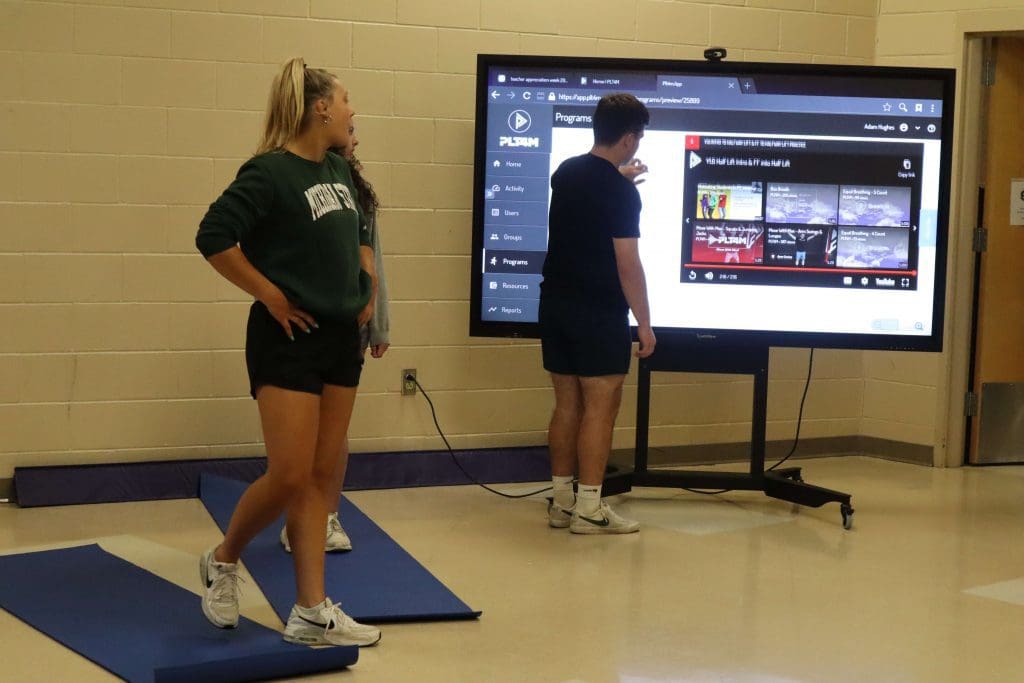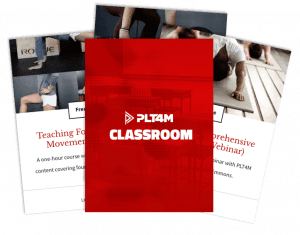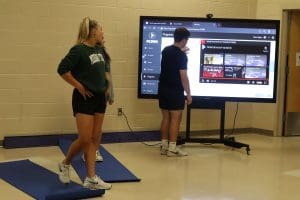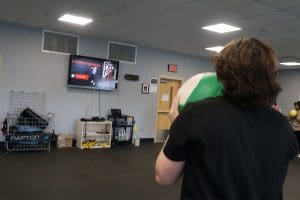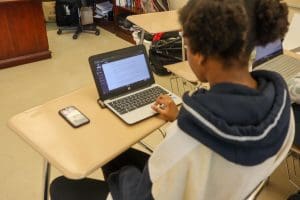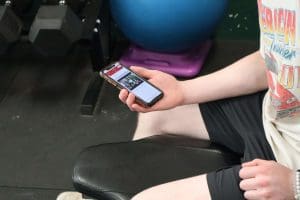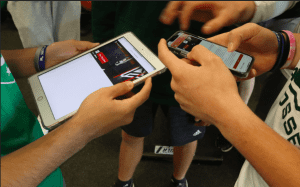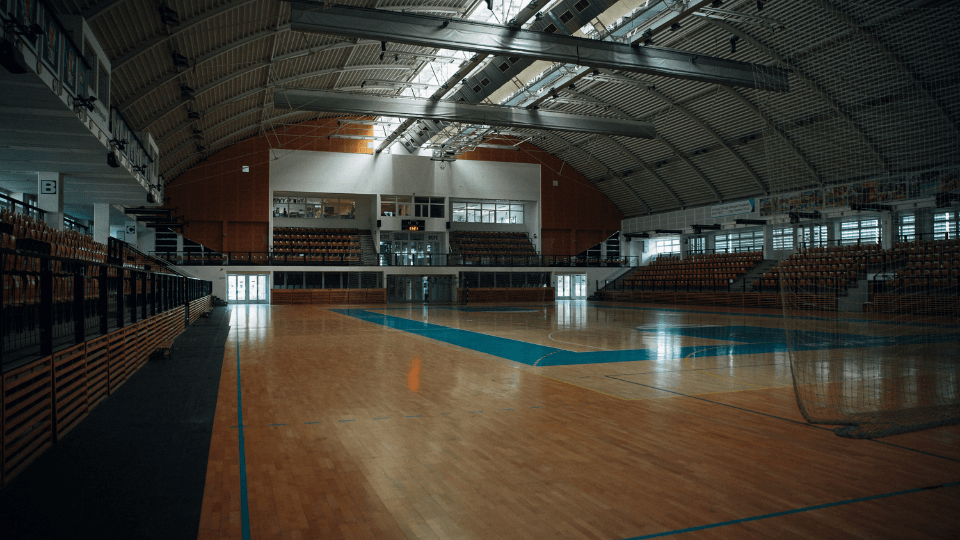Sean Fullerton is a former secondary physical education teacher and current Ph.D. student at the University of New Mexico in the Health, Exercise, and Sports Science Department. In this article, Sean explores a cooperative learning in physical education Be on the lookout for lots of great content from Sean as he helps take the academic angle of physical education best practices.
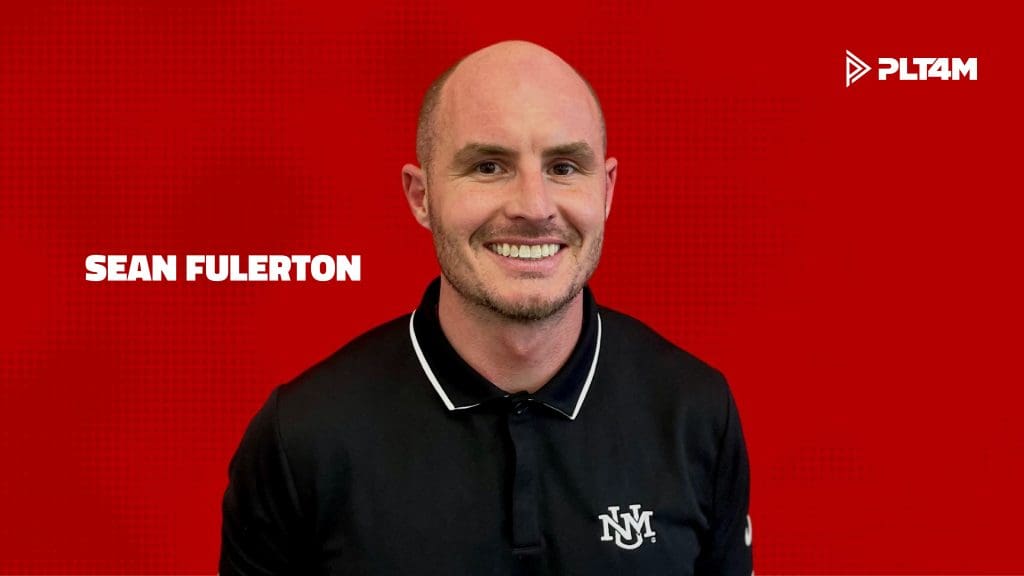
Organizing the learning environment in physical education (PE) can be a daunting task for teachers, especially with large classes. Physical educators should be prepared to “plan and implement developmentally appropriate learning experiences” and “engage students in meaningful learning experiences through effective pedagogical skills” (SHAPE, 2017; pp. 2-4).
Teaching strategies are ways to organize the learning environment for large group instruction Rink (2013). This article will discuss cooperative learning. Additionally, look at Mosston and Ashworth’s (2002) spectrum teaching styles which describe ten teaching styles from direct instructional strategies (i.e. command, practice) to indirect instructional strategies (i.e. learner initiated, self-teaching).
Teaching Styles for Large Group Instruction
Teaching styles are based on the amount of decision-making responsibility students are given in the learning process. Selecting the most appropriate teaching style and strategy depends on the curricular model, learning objectives, and students’ abilities. The learning environment for large group instruction can be organized in two ways:
1) varying the level of responsibility and engagement of the learner with the content (teaching style)
2) organizing learning activities where the learner and teacher act in different ways (teaching strategy) (Rink, 2013).
What is Cooperative Learning?
Cooperative learning is a learning strategy where students work together in a group to complete a task or project. The cooperative learning strategy emphasizes social interaction with an understanding that valuing diversity and working with others are important in the real world (Rink, 2013). Cooperative learning can stimulate learning as well as personal and social development. Multiple teaching styles can be used within cooperative learning.
For example, in the Sport Education curricular model (Siedentop et al., 2011), the teacher can use both practice and divergent production styles as students plan their practice session within their teams. Divergent production teaching style is when students solve problems posed by the teacher for which there are many correct answers, such as creating practice drills to focus on offensive strategies, or creating warm-up routines before practice or workout sessions. Practice teaching style is when students practice a skill or task, and provide feedback to each other based on skill cues.
Free Professional Development For PE
From full courses to on-demand webinars, tap into the PLT4M classroom for continuing education opportunities for physical education teachers.
Best Practices For Cooperative Learning
For cooperative learning, Rink (2013) recommends that learners are assigned and grouped heterogeneously (of varying abilities, interests, knowledge, etc.). For cooperative learning to work, students must be provided clear expectations regarding roles, expectations, steps, resources, time frame, and assessment process (Rink, 2013).
The student success office at the University of Waterloo provides a tip sheet titled “Working effectively in groups” that has tips for organizing group work, suggested roles and responsibilities, and solutions to common challenges. In the Sport Education model, there are roles assigned within the model, such as coach, trainer, referee, score keeper, etc. (Siedentop et al., 2011). UC-Irvine’s Teaching, Learning & Technology Center provides an example group contract including recommendations for instructors when utilizing contracts as a part of group learning. Each curricular model provides recommendations and resources for materials as well.
Depending on the learning style, usually, the teacher selects thet task or project, but students can have a say in deciding the specific goal that they are to achieve (Rink, 2013). It is important that something authentic should be learned and this learning requires cooperation, and the experience is designed to develop the interdependency of the group members (Rink, 2013).
The progression in which the group moves through tasks should be built in, or left to the learners, depending on the task and their ability levels (Rink, 2013). Timelines or checkpoints are suggested when completing long-term projects so that the teacher can provide feedback and the group can move forward in a timely manner (Rink, 2013). The teacher should offer suggestions or alternative strategies if the group is stuck.
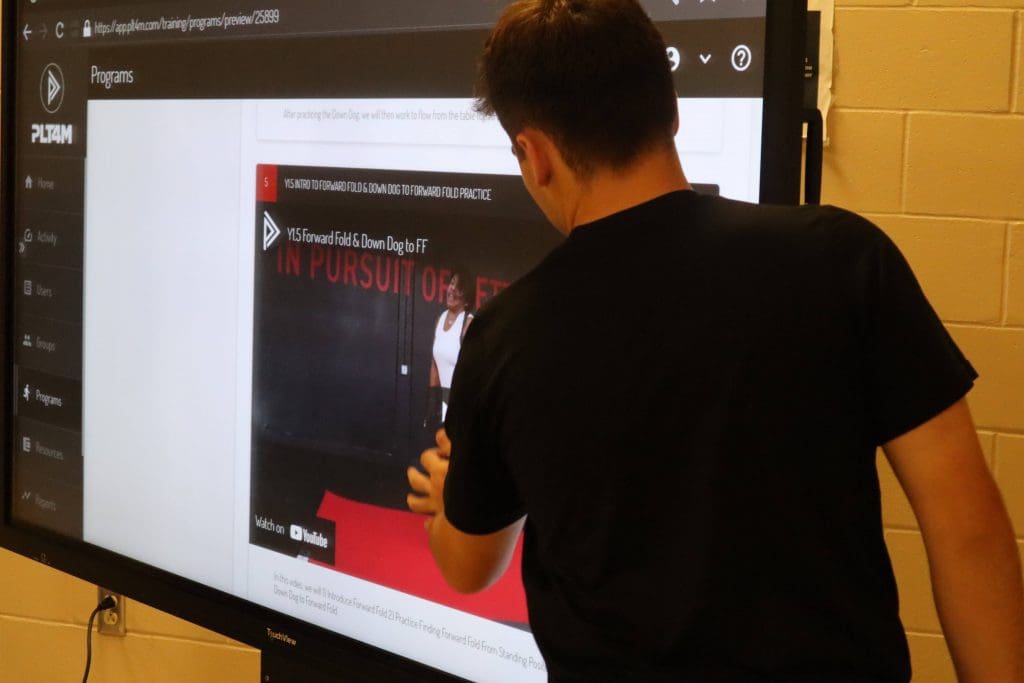
Cooperative Learning For Fitness and Wellness Curriculum
Cooperative learning can be used for fitness and wellness curriculum. In which, it may be better to group students homogeneously, based on similar abilities or goals, however, their prior knowledge and experience is likely to vary.
Reciprocal teaching style can be used for students within the group to complete health-related fitness assessment. Reciprocal teaching style is when students work together while one performs a task, and the other provides feedback. In this example, students can select how they want to assess a component of health-related fitness. At the secondary level, students can choose push-ups, the YMCA bench press test, the modified pull-up test, or isometric push-up test to measure muscular endurance and are tasked with applying proper testing procedures.
Technology could be used to provide instructions for assessments. For projects, cooperative learning can be used for students to design, implement, and evaluate a fitness program. Members will be tasked with completing pre-assessments, designing the program, following the program, and monitoring progress, and conducting a post-assessment to evaluate program effectiveness.
Within this project, students can be assigned roles within their group:
- Student 1 can be a “coach”, in charge of proper exercise techniques.
- Student 2 can be a “trainer”, in charge of warm-up and cool down based on the workout.
- Student 3 can be a “Program designer”, in charge of exercise selection, ordering, and periodization, and the application of progressive overload.
- Student 4 can be a “manager” in charge of spotting, safety, and time management. Students should be given clear responsibilities for their roles and provided feedback from peers and their teachers.
It may be appropriate to combine other teaching strategies within a fitness and wellness curriculum that involve interactive teaching (teacher-led), self-instructional strategies (student-led), or peer teaching (student-led, with assistance).
Key Takeaways on Cooperative Learning
Ultimately, the teacher must select the most appropriate teaching strategy to offer the best learning environment for students to accomplish the learning objectives. The curricular model, student abilities, and learning outcomes provide a starting point for selecting the most appropriate teaching strategy.
References
Mosston, M., & Ashworth, S. (2002). Teaching physical education (5th ed.). Boston: Benjamin Cummings.
Rink, J. E. (2013). Teaching Physical Education for Learning. McGraw-Hill Education.
SHAPE America – Society of Health and Physical Educators (2017). National Standards For Initial Physical Education Teacher Education.
Siedentop, D., Hastie, P., & Der Mars, V. H. (2011). Complete Guide to Sport Education (Second). Human Kinetics.
